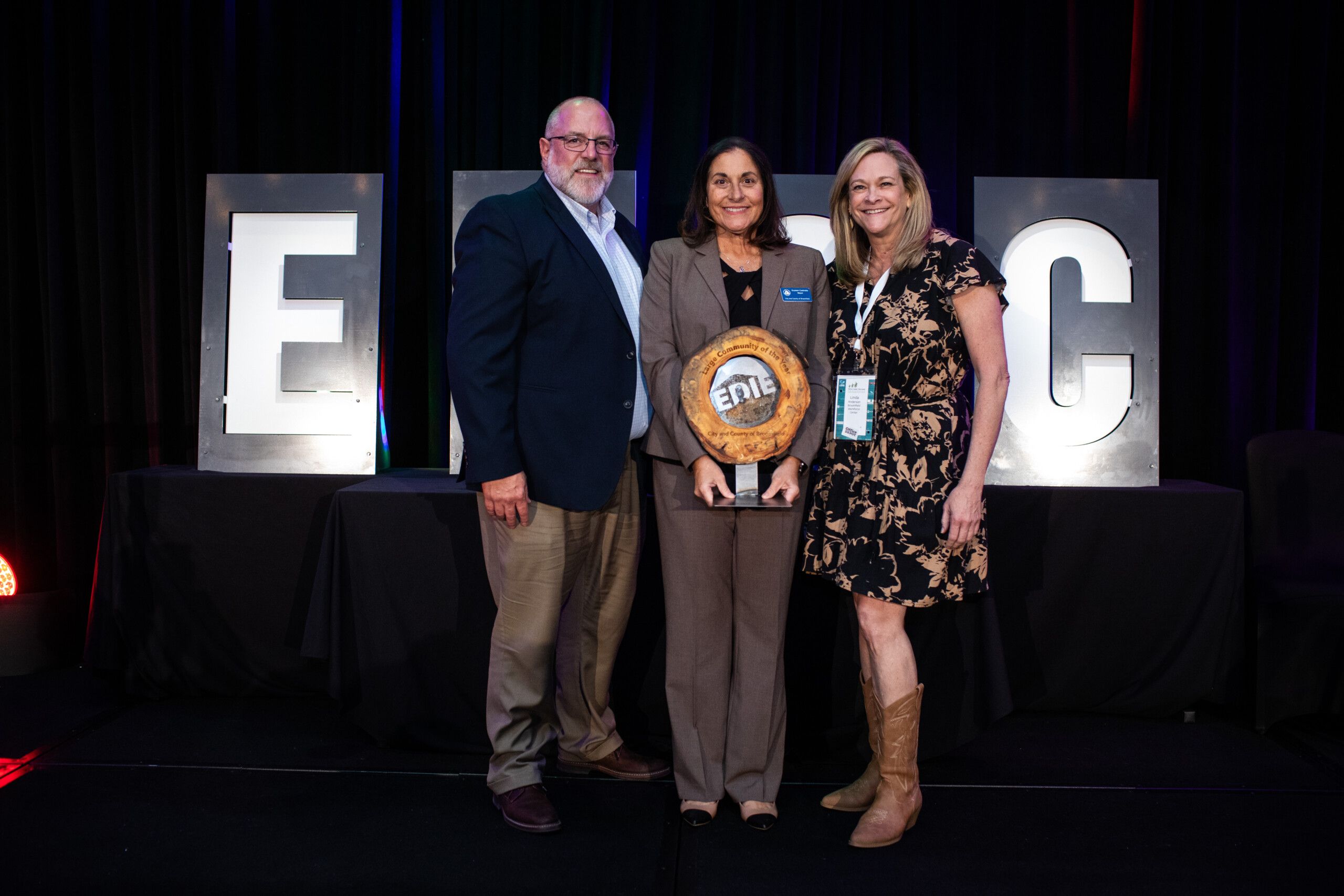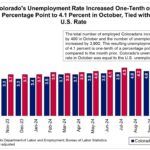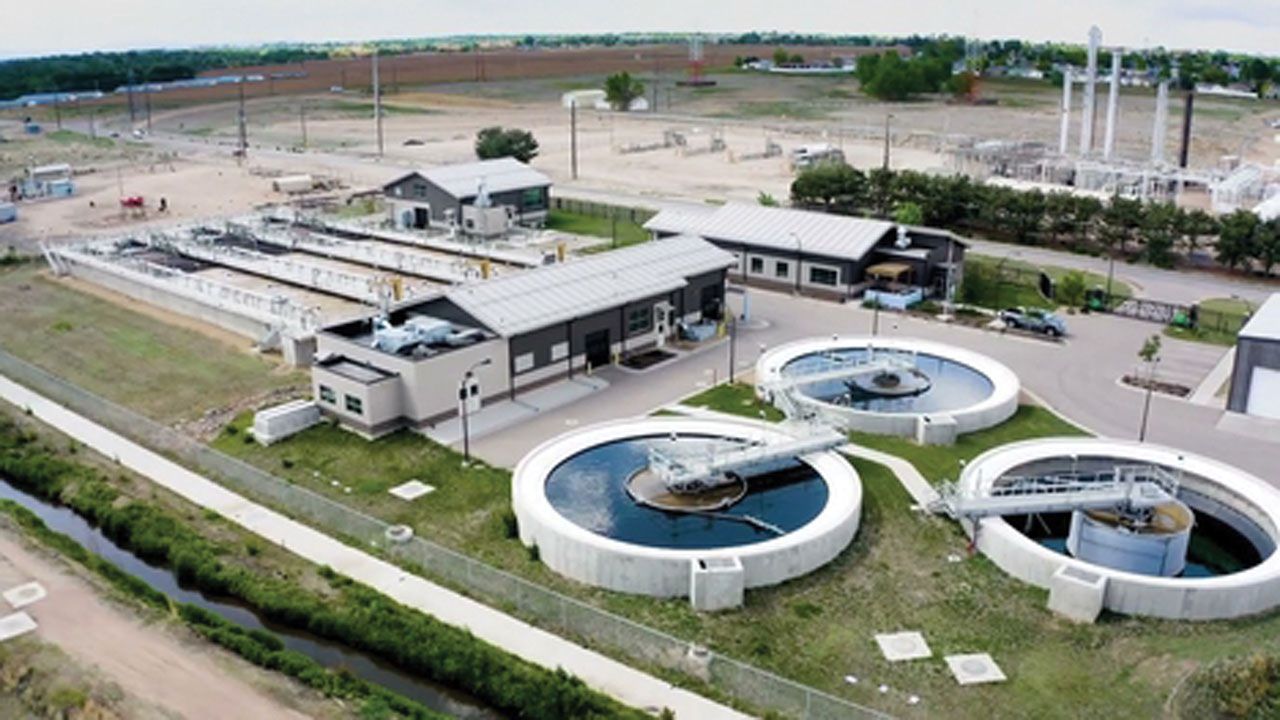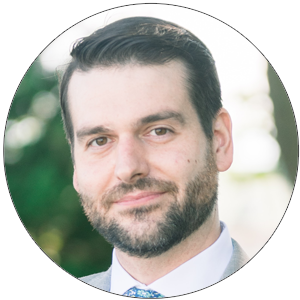Economic growth expected to continue, but at slower pace
BOULDER — One of Rich Wobbekind’s final slides at the 2019 Economic Forecast — Boulder & Beyond event, Jan. 17, summed up a growing list of headwinds for the economy, but economic growth is expected to continue.
Wobbekind, executive director of the Business Research Division at the University of Colorado Boulder’s Leeds School of Business, delivered his 2019 economic forecast before a crowd of about 420 people at the Embassy Suites in Boulder. The annual event is presented by the Boulder Economic Council.
“I guess I’m smiling, I don’t know,” Wobbekind quipped at the outset of his presentation, responding to Boulder Economic Council executive director Clif Harald’s introductory description of Wobbekind’s demeanor.
SPONSORED CONTENT
If Wobbekind was smiling, it was because “Overall, the picture is pretty positive,” he said, with government spending “pushing the economy forward” in 2018. Unemployment remains low, he noted, with consumer spending strong.
But that latter point illustrates a danger for the nation’s economy. Wobbkind included a slide that said, “Attention: “This presentation is not being updated, due to the lapse in Federal funding,” drawing laughs from the audience.
That wasn’t just a joke, however, as certain economic data — including final consumer-spending numbers for December — have not been released due to the ongoing partial government shutdown, which itself can reduce economic growth.
Nonetheless, Wobbekind’s forecast is for continued growth in the new year, though at a slower pace. Real gross domestic product increased at a robust annual rate of 3.5 percent in the third quarter of 2018, but that pace is expected to slow in 2019.
“We think that GDP is slowing, not just due to the lapse in government funding,” Wobbekind said.
He noted that the effects of the federal tax cuts, which functioned as a stimulus, are “starting to wane,” predicting that the nation would return to a growth rate of 2.5 percent to 2.6 percent.
Growth in the U.S. workforce is much smaller than in the 1980s or 1990s, he said, making growth above 2.5 percent “a very difficult thing to do,” he said.
Wobbekind said that the level of unemployment — 3.9 percent nationwide — should have slowed growth. He noted that 6.7 million jobs remain unfilled across the country, down slightly from a peak of 7.1 million unfilled jobs a few months ago.
But low unemployment has been mitigated by higher labor-force participation.
“We’re squeezing as much out of the workforce as we can,” he said.
He said that job growth — 300,000 jobs were added in the United States in December, beating economists’ expectations — points to a continued strong growth. Additionally, consumer debt is at its lowest level in 25 years as a percentage of income.
“The consumer is in pretty good shape,” Wobbekind said.
“We’re seeing strong wage growth, strong employment growth and strong income growth,” he noted. “It’s very difficult to be talking about a recession in the near term unless we have some really big exogenous shock to the system.”
Economic headwinds nationally include interest rates, slower global growth, the value of the dollar and trade/tariff issues.
While the U.S. Federal Reserve has been increasing interest rates for several years, Wobbekind said the pace of the increases might be slowing, perhaps topping out at 3.25 percent by the end of the year.
Wobbekind also noted that tax cuts enacted at the national level have contributed to a sharp increase in the federal deficit, reaching $1 trillion. That level of deficit spending carries real dangers for the economy, he said, partly because it will limit the government’s ability to enact stimulus measures in the event of a recession.
“This is a big issue,” he said. “I think this is a really big issue.”
In Colorado, Wobbekind highlighted low commodity prices as a danger, affecting the agricultural and energy sectors. Drought and weather also can be a drag on the economy, he said, along with housing prices, shortage of talented workers and low real wage increases.
Colorado’s population continues to grow, but at a more-modest pace than prior years. It’s harder to attract new residents from out of state than it used to be, he said, in part because of rapid appreciation in housing prices.
Over a 10-year period, Colorado led the nation in home-price growth, he noted.
Economic growth in the Boulder metropolitan statistical area — encompassing Boulder County — has been strong, with Wobbekind anticipating growth in excess of 4 percent in 2018.
Single-family and multifamily housing permits “skyrocketed in 2018,” he noted, though much of that growth occurred outside the city of Boulder.
Commercial vacancy rates remain extremely low for retail, flex and warehouse space, although office vacancy rates jumped as new product came online.
Through November, retail sales-tax collections surged 9.2 percent in Boulder, with Longmont showing an 11.2 percent increase, partly due to an increase in the sales-tax rate. Broomfield’s collections increased 9.1 percent.
One of the greatest challenges facing employers locally, statewide and nationally is access to talented workers. Wobbekind’s remarks were preceded by a presentation by Shannon Block, executive director of Skillful Colorado, an organization that helps employers address skills gaps in potential hires. Skillful is funded by the Markle Foundation.
Block noted that 70 percent of working adults nationwide do not have a college degree, but 79 percent of job postings require a college degree. That’s a mismatch that must be addressed for the 77 percent of employers struggling to find the workers they need, she said.
The answer, Block said, is for employers to address “degree inflation” by shifting to skills-based hiring. She described working with Aqua-Hot Heating Systems Inc. in Frederick, which was seeking a mechanical engineer. The company had posted the job as requiring a four-year degree and received no applicants. When the company shifted to a skills-based job posting, it saw many more candidates and ended up hiring a former diesel mechanic who didn’t have a four-year degree, she said.
Skillful is expanding is digital tools for employers and is adding services in some other states, including Indiana.
BOULDER — One of Rich Wobbekind’s final slides at the 2019 Economic Forecast — Boulder & Beyond event, Jan. 17, summed up a growing list of headwinds for the economy, but economic growth is expected to continue.
Wobbekind, executive director of the Business Research Division at the University of Colorado Boulder’s Leeds School of Business, delivered his 2019 economic forecast before a crowd of about 420 people at the Embassy Suites in Boulder. The annual event is presented by the Boulder Economic Council.
“I guess I’m smiling, I don’t know,” Wobbekind quipped at the outset of…
THIS ARTICLE IS FOR SUBSCRIBERS ONLY
Continue reading for less than $3 per week!
Get a month of award-winning local business news, trends and insights
Access award-winning content today!





